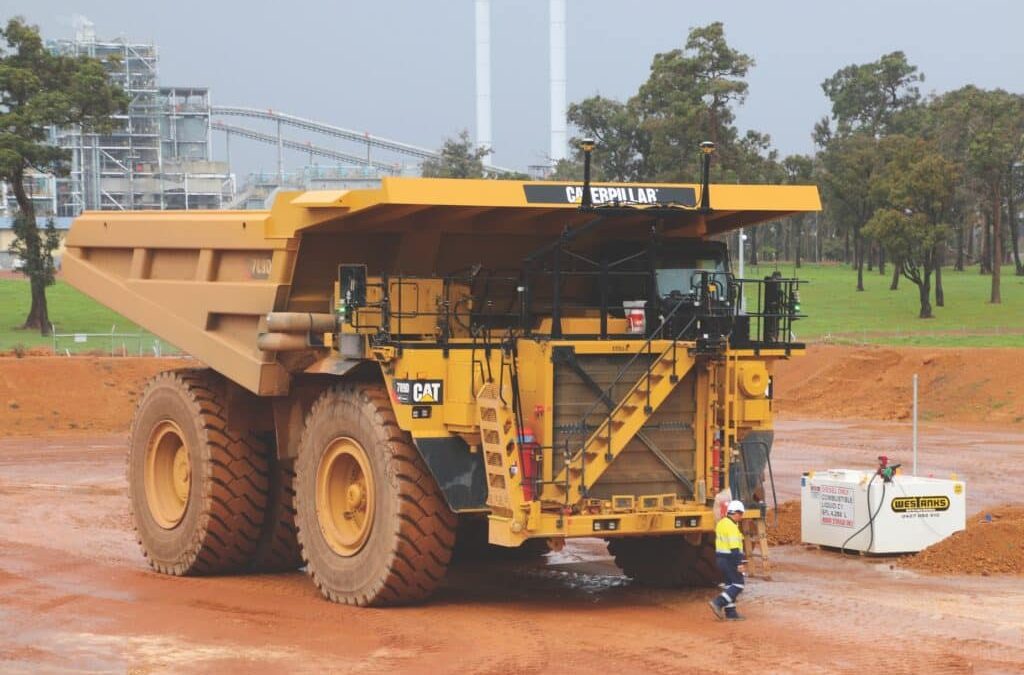Caterpillar dealer WesTrac has announced an enterprise expansion of its partnership with Palantir Technologies.
The partnership, which first began in 2021, enables WesTrac to deploy Palantir’s technology Foundry across core operations.
Foundry is a data integration technology that allows companies to visualise, build and make operation decisions in the artificial intelligence (AI) space.
Under the expanded partnership, WesTrac will deploy Foundry across WesTrac’s Component Rebuild Centres in an effort to drive greater efficiency.
“In the current technology-rich era, WesTrac has a strong focus on incorporating enhanced data-driven decisions across our business as we look to drive our own digital transformation and improve delivery of Cat products in Australia,” WesTrac chief executive officer Jarvas Croome said.
“Implementing Foundry has delivered a strong initial return on investment, and we anticipate the five-year expansion of our partnership with Palantir will enable more data driven decisions.
“The Foundry platform has been a leading feature within WesTrac, with rapid uptake, high usability, and widespread acceptance by users across the business.”
Palantir head of commercial for Australia Ashwin Rajan said the expansion represented a significant commitment for both companies.
“The suite of software in Foundry help front-line Component Rebuild Centre and inventory teams improve overall efficiency and customer delivery,” he said.
“For example, in just the last six months, Foundry has identified a significant number of constrained parts blocking work order progress and suggested remediation strategies to ensure continued operations.
“WesTrac predicts these outcomes alongside improvements in inventory management will drive overall throughput up by at least five per cent over the next five years, with additional benefits expected in other areas such as reduced working capital requirements and improved time to invoice.”



